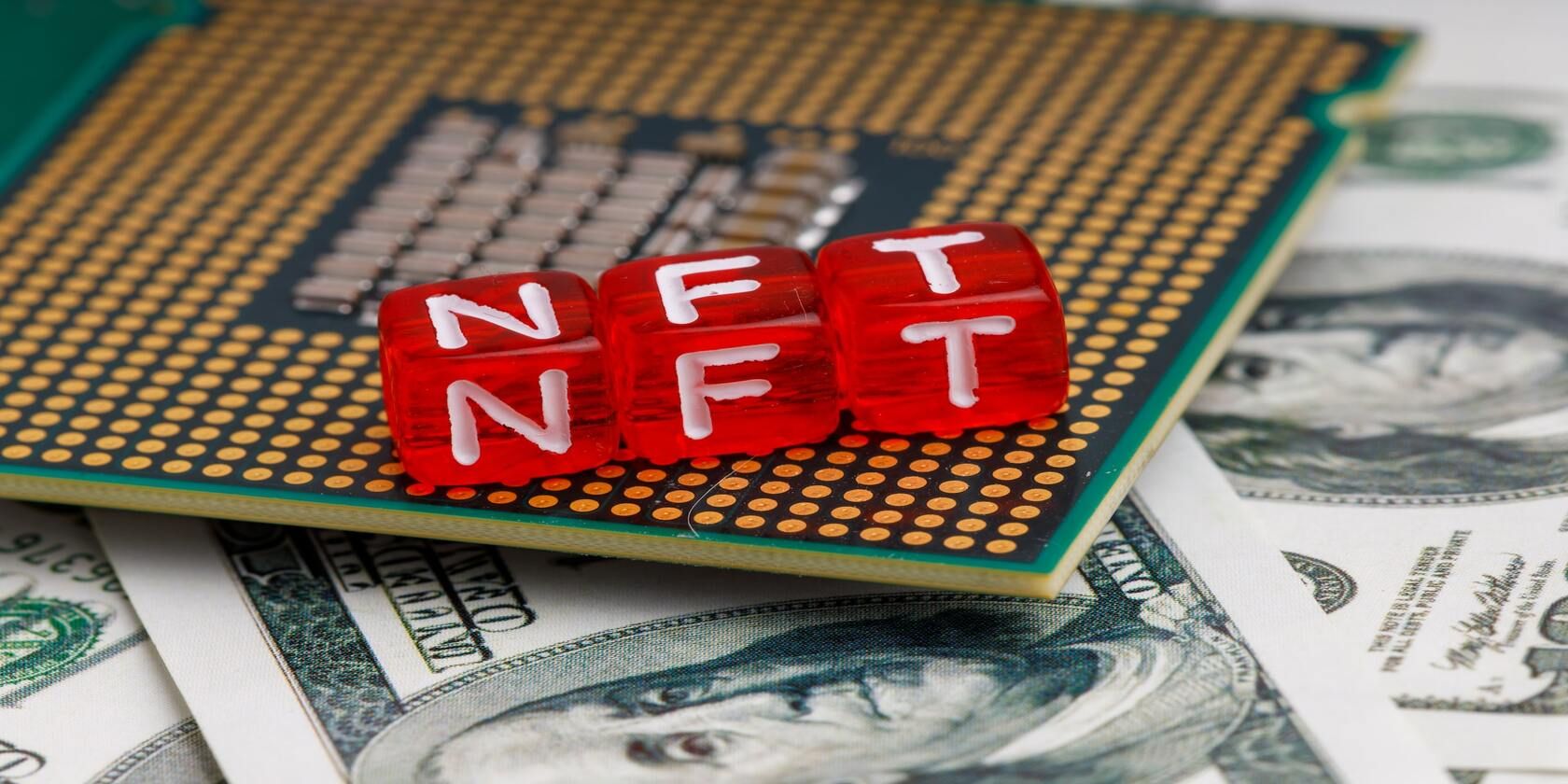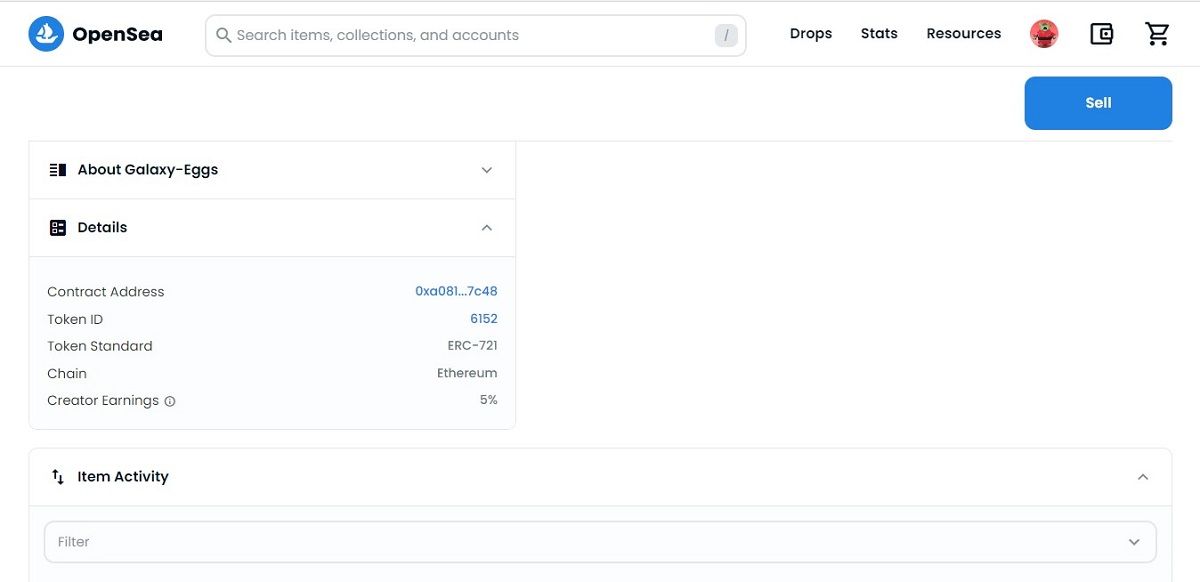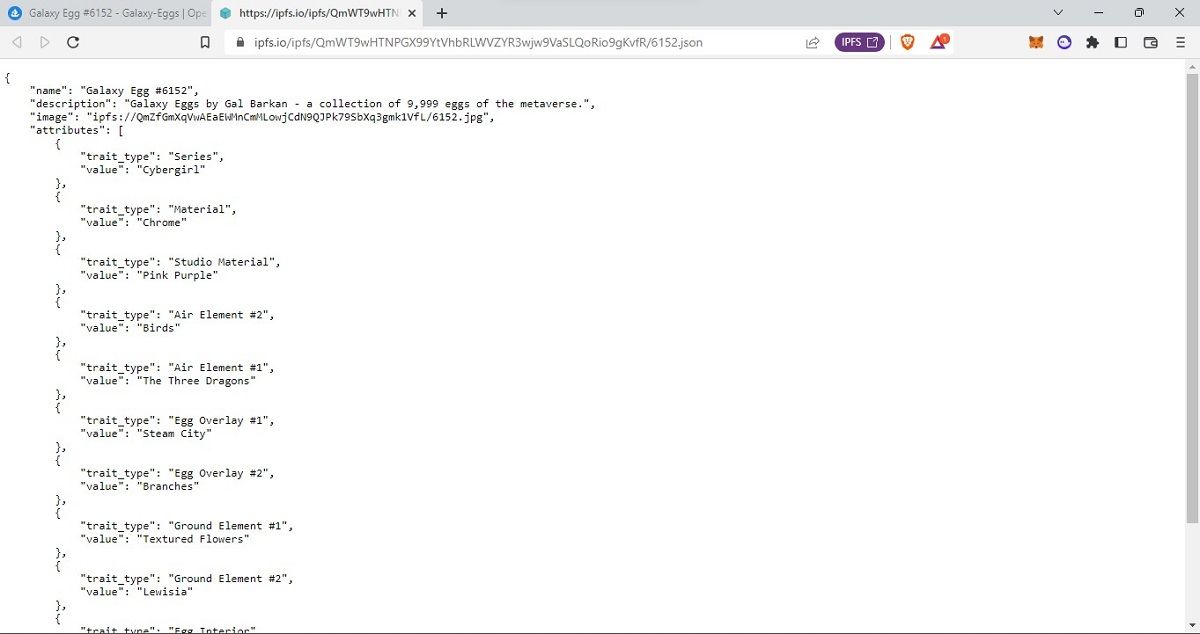NFTs are on the blockchain. Right? That’s true in some cases. If that’s all of your understanding of NFTs, those assets may be in danger. The NFT assets can be stored on-chain or off-chain. The blockchain is just one of the places where your NFT assets are stored.
Digging Deeper Into NFTs
There’s a lot of room to argue over the extent to which NFTs practically translate to ownership of an asset. Right-click-save arguments aside, even the most devout NFT evangelist will say that an NFT constitutes “proof of ownership”.
The non-fungible token can be compared to an art provenance. It’s proof of who owns that asset now and even who has owned it in the past. Most of the NFT assets are hosted off-chain. But what if the centralized providers hosting those assets shuts down?
How Are NFTs Stored?
It turns out that not all NFTs are created equal. The way that an NFT connects to the asset itself can make all the difference.
NFTs exist on blockchain where they usually serve as an identifier for an asset that exists elsewhere. Some NFTs (the asset and its metadata) are completely stored on the blockchain, but in most cases, the asset is stored on a centralized server. Increasingly, NFTs are being minted to reference assets on IPFS.
NFTs and Centralized Servers
Just about everything on the web exists on a centralized server. One of the loftiest goals of “Web3” is to make the web more open and interoperable. However, right now, most decentralized projects are just decentralized ways of accessing and managing content that is still hosted on centralized servers.
That’s not to say that the decentralization community isn’t being honest. Transitioning to a truly open and decentralized web isn’t a thing that happens overnight. But NFTs representing digital content on centralized servers can be risky until another solution is found and scaled.
Content stored on a centralized server is at the mercy of the organization that owns and operates that server. If the organization closes its doors or just abandons the initiative, it can simply shut those servers down.
Because the NFT is on the blockchain, the NFT will continue to exist in the event that a server hosting the content shuts down. However, the asset that NFT represents will now essentially be an error page.
This has already happened. FTX operated servers that hosted NFTs so when FTX went bankrupt, that art disappeared, as reported by Decrypt. There are also similar examples when NFT games shut down.
“Self-Contained” NFTs on the Blockchain
Some NFT assets are entirely stored on the blockchain. This means that as long as people are still maintaining the blockchain, the NFT doesn’t rely on anything else to remain complete. However, NFTs weren’t designed to contain large amounts of information.
NFTs can hold large amounts of information, but after a while, it makes the NFT difficult to move. For example, the gas fees for transferring Ethereum tokens can become prohibitive. So, while an NFT linking out to an asset somewhere else can be risky, it keeps the token itself manageable.
NFTs and IPFS
The Interplanetary File System (IPFS) is a decentralized method of storing and accessing files in an affordable and sustainable way. Operating somewhere between blockchain and the current internet, IPFS was designed to “preserve humanity’s history”.
Content stored on IPFS gets a “Content Identifier” (CID). Including the CID in an NFT is more reliable than linking to assets on a server and is more practical than including the entire asset on-chain. IPFS still requires payments to keep content around, but NFT holders have a lot more control over their assets.
Are Your NFTs Safe?
Unfortunately, where an NFT directs to is essentially carved in digital stone. So, if you have an NFT associated with an asset on a centralized server, you probably can’t just change that NFT to link to an asset located on IPFS. And, according to a study by YourNFTs, over half of all NFT projects rely on centralized servers.
Because different NFT projects use different hosting and storage protocols, it can be difficult to determine which NFTs are stored where and whether they can be “backed up”. This is particularly true for projects with larger NFT collections.
As events like the FTX debacle have more people thinking more rationally about NFTs, groups like YourNFTs and ClubNFT are drawing attention to potential solutions. ClubNFT offers “risk portfolios” identifying which NFTs are stored where, and helps collectors navigate protecting NFTs when possible.
ClubNFT CEO and co-founder Jason Bailey even predict what he calls an “NFT Apocalypse.” According to Bailey, technically all NFT marketplaces are tech startups, and the vast majority of tech startups fail. Following this logic, considering most NFT marketplaces rely on centralized servers, a huge percentage of NFTs could “break” in the next few years.
How to Manually Check Your NFTs
Every NFT has a token ID. To find that information on OpenSea, select the NFT that you want to check on and then click Details. This opens a dropdown menu and one of the fields is Token ID populated with a number. The number is usually a link. Click that link and see what happens.
Chances are, you might already have an NFT that brings up a dead website. If the content is hosted on IPFS, you arrive at a special URL, typically containing a JSON file.
Right-Click-Save?
You may be wondering if you can’t avoid all of these problems and solutions by just right-click-saving NFT art. Isn’t that a way to back it up?
That’s a way to preserve the art itself if that’s what you want to do. However, you wouldn’t be able to prove that the file on your computer was associated with your NFT without the pathway to the file being preserved in the NFT itself. So you can store art this way, but you can’t sell and trade it this way.
The Future of NFTs
Are we heading toward an NFT Apocalypse? Maybe. Some NFT projects have already gone under. That may not mean that all NFT projects will.
While transferring NFT assets from centralized servers to blockchain or IPFS is currently a challenge, it might not always be that way. Ethereum, the blockchain that most NFTs are minted on, is particularly good at adapting its protocols. They may come up with a way to make NFT content more permanent.



